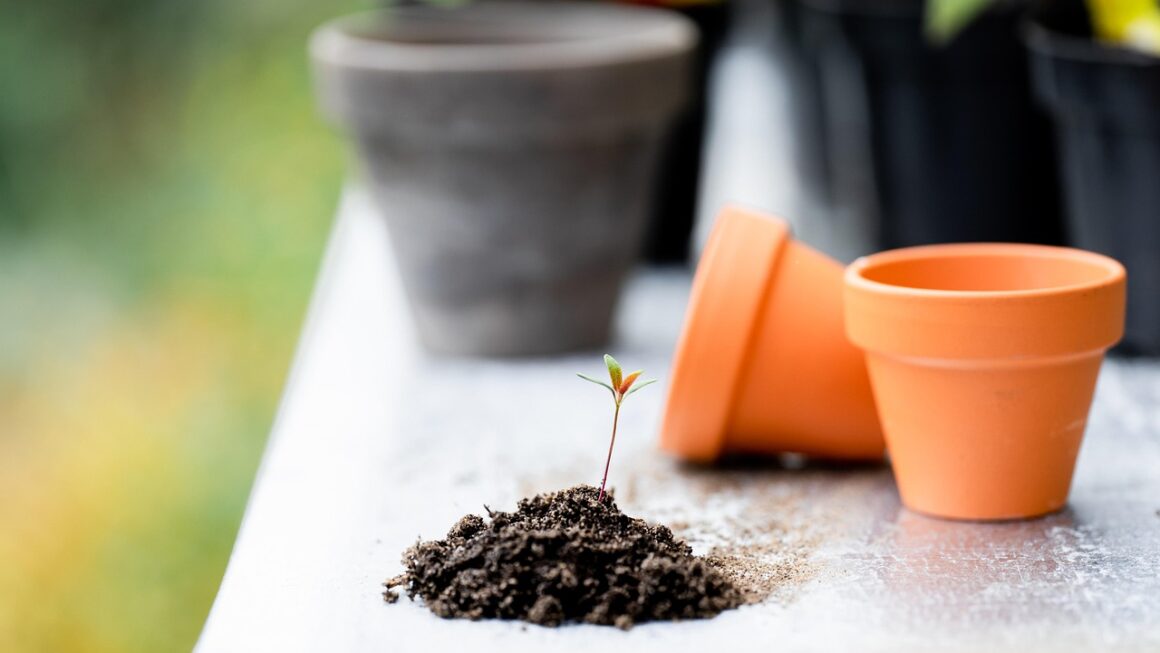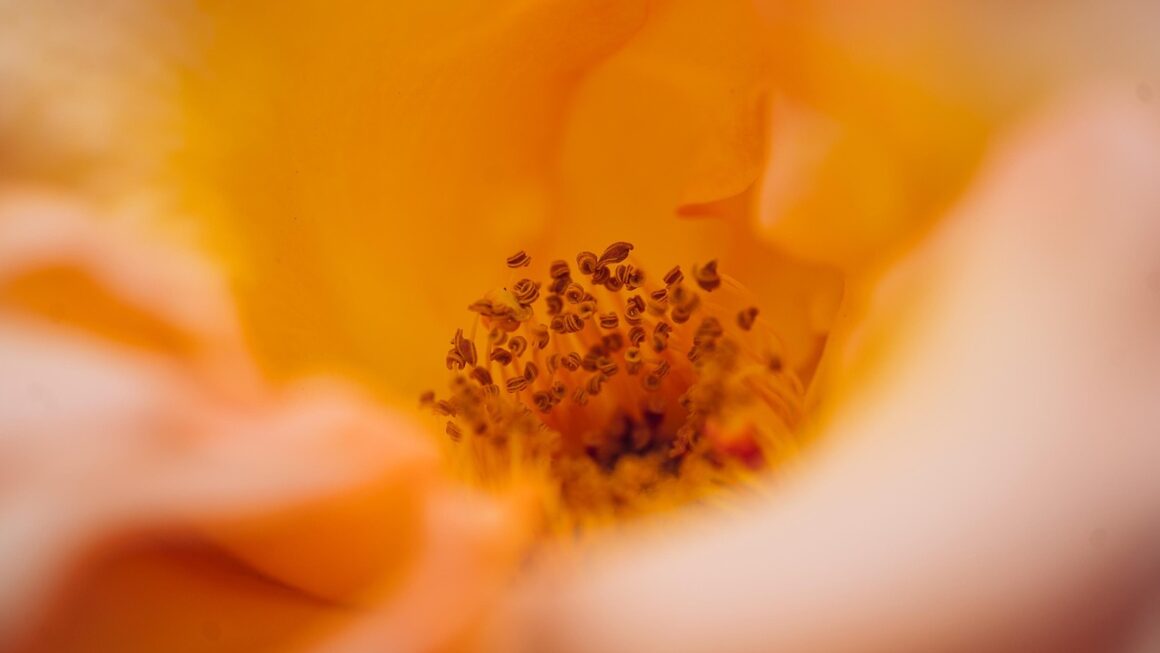Transforming kitchen scraps and yard waste into nutrient-rich compost is a fantastic way to reduce your environmental impact, enrich your garden soil, and save money on fertilizers. Composting might seem daunting at first, but with a few simple guidelines, anyone can become a successful composter. This guide provides practical tips and insights to help you create a thriving compost pile, whether you’re a seasoned gardener or just starting your composting journey. Get ready to unlock the power of decomposition and create a sustainable cycle for your garden and home.
Choosing the Right Composting Method
Selecting the appropriate composting method depends on your space, lifestyle, and the volume of organic waste you generate. There are various options available, each with its own advantages and disadvantages.
Traditional Composting
Traditional composting involves creating a pile or bin outdoors where organic materials decompose over time.
- Pros: Handles a large volume of waste, simple setup.
- Cons: Requires outdoor space, can attract pests if not managed properly, slower decomposition.
- Example: Construct a compost bin using wooden pallets or purchase a pre-made tumbler. Aim for a 3ft x 3ft x 3ft pile for optimal heat retention.
- Tip: Layer “green” materials (nitrogen-rich) like kitchen scraps with “brown” materials (carbon-rich) like dried leaves for a balanced compost.
Vermicomposting (Worm Composting)
Vermicomposting uses worms, typically red wigglers (Eisenia fetida), to break down organic waste.
- Pros: Great for small spaces, faster decomposition than traditional composting, produces nutrient-rich castings (worm poop).
- Cons: Requires specific worm species, sensitive to temperature and moisture changes, limited waste capacity.
- Example: Purchase a vermicomposting bin or build your own using plastic bins. Add shredded newspaper, cardboard, and food scraps for the worms to consume.
- Tip: Avoid adding meat, dairy, or oily foods to your vermicomposting bin, as these can attract pests and harm the worms.
Bokashi Composting
Bokashi is an anaerobic (without oxygen) fermentation process that uses inoculated bran to pickle food waste.
- Pros: Can compost all food waste, including meat and dairy, reduces odor, convenient for indoor use.
- Cons: Requires bokashi bran, two-stage process (fermentation followed by burial), produces acidic liquid that needs to be drained.
- Example: Purchase a bokashi bucket kit. Layer food waste with bokashi bran, pressing down to remove air. Drain the liquid “bokashi tea” regularly and dilute it for use as a fertilizer.
- Tip: After the bokashi bucket is full, bury the fermented waste in your garden or compost pile to complete the decomposition process.
Optimizing Your Compost Mix
Achieving the right balance of ingredients is crucial for successful composting. The ideal compost mix should provide the necessary carbon and nitrogen for microorganisms to thrive.
The Carbon-to-Nitrogen Ratio (C:N)
The C:N ratio represents the proportion of carbon-rich materials (browns) to nitrogen-rich materials (greens). A ratio of around 25:1 to 30:1 is generally recommended.
- Brown Materials (Carbon):
Dried leaves
Shredded paper and cardboard
Straw
Wood chips
- Green Materials (Nitrogen):
Kitchen scraps (vegetable and fruit peels, coffee grounds)
Grass clippings
Manure
Weeds (avoid those with seeds)
- Example: For every bucket of kitchen scraps (greens), add two to three buckets of dried leaves (browns).
- Tip: Chop or shred materials to increase surface area and accelerate decomposition.
Materials to Avoid
Certain materials can hinder the composting process or create undesirable conditions.
- Meat, dairy, and oily foods: Attract pests and create odors in traditional and vermicomposting systems. Bokashi can handle these, but requires careful management.
- Diseased plants: Can spread pathogens in your garden.
- Weeds with seeds: Seeds may survive the composting process and germinate in your garden.
- Pet waste: Can contain harmful bacteria and parasites.
- Treated wood: Contains chemicals that can leach into the compost.
- Example: If you suspect a plant is diseased, dispose of it in the trash instead of composting.
- Tip: When in doubt, leave it out. It’s better to err on the side of caution than to contaminate your compost.
Maintaining Your Compost Pile
Regular maintenance is essential for ensuring efficient decomposition and preventing problems like odors or pests.
Moisture and Aeration
Compost needs adequate moisture and aeration to support microbial activity.
- Moisture: The compost pile should be damp like a wrung-out sponge. Too dry, and decomposition slows down. Too wet, and it becomes anaerobic, leading to foul odors.
- Aeration: Turning the compost pile regularly introduces oxygen, which is vital for aerobic decomposition.
- Example: Use a garden fork to turn the compost pile every few days. If it’s too dry, add water. If it’s too wet, add more dry materials and turn more frequently.
- Tip: A compost thermometer can help you monitor the internal temperature of the pile. Temperatures between 130°F and 160°F indicate active decomposition.
Troubleshooting Common Problems
Address issues promptly to keep your compost pile healthy.
- Odor: Caused by anaerobic conditions. Turn the pile to introduce oxygen and add more brown materials.
- Pests: Attracted to food scraps. Bury food scraps deeper in the pile and cover them with brown materials. Ensure the pile is hot enough to kill off any eggs. Consider using a closed compost bin.
- Slow Decomposition: Caused by lack of moisture, aeration, or an imbalance of carbon and nitrogen. Adjust the moisture level, turn the pile, and add more green or brown materials as needed.
- Example: If you notice fruit flies, bury your food scraps deeper and cover them with a layer of leaves or shredded paper.
- Tip: Good ventilation is key to preventing odor and pest problems.
Harvesting and Using Your Compost
Knowing when and how to harvest your compost is essential to reaping the rewards of your efforts.
Determining Compost Maturity
Mature compost is dark brown, crumbly, and has an earthy smell. Undigested materials should no longer be visible.
- Test: Perform a simple germination test. Plant seeds in a sample of your compost and observe their growth. Healthy germination indicates that the compost is mature and ready to use.
- Time: Depending on the method and conditions, composting can take anywhere from a few months to a year.
Using Compost in Your Garden
Compost is a valuable soil amendment that can improve soil structure, drainage, and fertility.
- Soil Amendment: Mix compost into your garden beds before planting.
- Mulch: Spread compost around plants to suppress weeds and retain moisture.
- Potting Mix: Add compost to your potting mix for container gardening.
- Compost Tea: Soak compost in water to create a nutrient-rich liquid fertilizer.
- Example: Incorporate 2-3 inches of compost into your vegetable garden beds before planting seedlings.
- Tip: Compost is a slow-release fertilizer, so it won’t burn your plants like synthetic fertilizers can.
Benefits of Composting
Composting offers a wide range of environmental and economic benefits.
- Reduces Landfill Waste: Diverts organic waste from landfills, reducing methane emissions (a potent greenhouse gas). Approximately 20-30% of what we throw away is food scraps and yard waste that could be composted.
- Enriches Soil: Improves soil structure, drainage, and aeration.
- Reduces the Need for Chemical Fertilizers: Provides essential nutrients for plant growth.
- Conserves Water: Improves soil’s water-holding capacity, reducing the need for irrigation.
- Saves Money: Reduces the cost of trash disposal and fertilizer purchases.
- Supports a Healthy Ecosystem: Promotes microbial activity in the soil.
- Example: By composting, you can significantly reduce your household waste and contribute to a more sustainable lifestyle.
- Tip: Track your composting efforts to see how much waste you’re diverting from landfills and the impact on your garden’s health.
Conclusion
Composting is a rewarding practice that benefits both your garden and the environment. By following these tips and adapting them to your specific needs, you can create a thriving compost pile and unlock the power of organic recycling. Embrace the journey, experiment with different techniques, and enjoy the satisfaction of transforming waste into a valuable resource. Happy composting!




